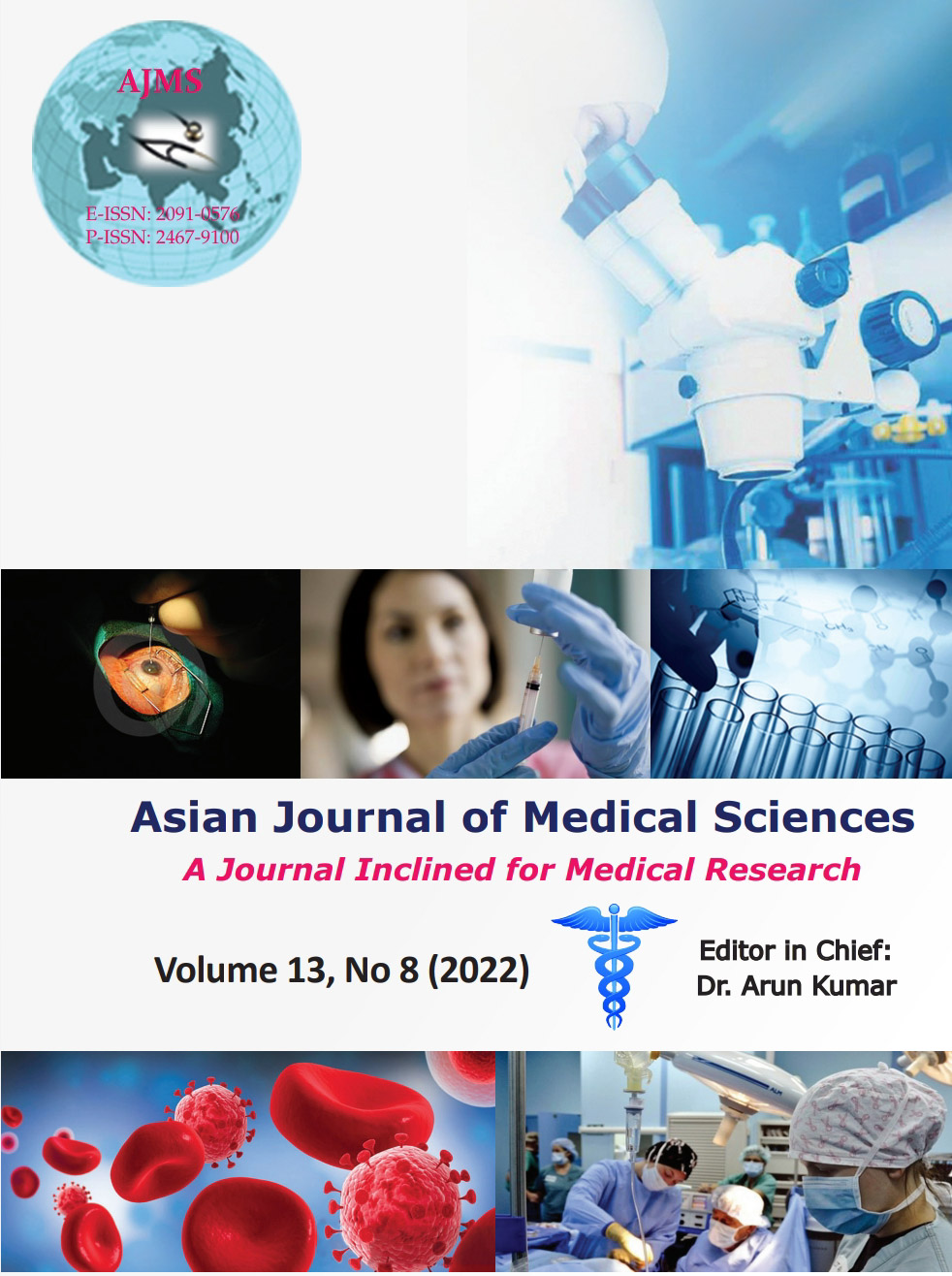Efficacy of intravenous dexmedetomidine versus intraperitoneal dexmedetomidine in laparoscopic cholecystectomy – A prospective randomized double-blinded study
Keywords:
Dexmedetomidine; Intraperitoneal instillation; Postoperative pain; RopivacaineAbstract
Background: Dexmedetomidine now has become one of the frequently used drugs as part of a multimodal analgesic regimen to provide improved pain control at all perioperative stages for laparoscopic surgeries.
Aims and Objectives: In this prospective, double-blind, randomized, and control trial, we compared the postoperative analgesic efficacy of intravenous (IV) dexmedetomidine and intraperitoneal (IP) dexmedetomidine in laparoscopic cholecystectomy.
Materials and Methods: Sixty patients of the American Society of Anesthesiologists Grade I and II undergoing laparoscopic cholecystectomy were allocated into two groups. The patients in Group-IV had received 30 ml of 0.5 μg/kg Dexmedetomidine infusion intravenously plus 40 ml of Ropivacaine (30 mL of 0.5% Ropivacaine and 10 ml NS) intraperitoneally and in Group-IP received 30 ml NS intravenously and 40 ml of Ropivacaine plus Dexmedetomidine (30 mL of 0.5% Ropivacaine and 0.5 μg/kg Dexmedetomidine diluted in 10 ml NS) intraperitoneally after removal of the gallbladder. Patients were assessed during the first 24 h postoperatively for time to the first requirement of analgesia, total analgesic consumption, sedation, hemodynamics, side effects, and patient satisfaction.
Results: Time to first request of analgesia (min) was longer (216.46±42.19 vs. 108.03±48.77) and total analgesic consumption (mg) was lower (92.50±32.26 vs 115.0±38.056) in Group-IV than in Group-IP. A significant difference was observed in visual analogue score in Group-IV at 1 h, 2 h, 4 h postoperatively and in the patient satisfaction score (P=0.024) in comparison to Group-IP.
Conclusion: The postoperative analgesic effects and patient satisfaction, of low dose IV Dexmedetomidine plus IP instillation of Ropivacaine, are superior to low dose IP Dexmedetomidine added to Ropivacaine.
Downloads
Downloads
Published
How to Cite
Issue
Section
License
Copyright (c) 2022 Asian Journal of Medical Sciences

This work is licensed under a Creative Commons Attribution-NonCommercial 4.0 International License.
Authors who publish with this journal agree to the following terms:
- The journal holds copyright and publishes the work under a Creative Commons CC-BY-NC license that permits use, distribution and reprduction in any medium, provided the original work is properly cited and is not used for commercial purposes. The journal should be recognised as the original publisher of this work.
- Authors are able to enter into separate, additional contractual arrangements for the non-exclusive distribution of the journal's published version of the work (e.g., post it to an institutional repository or publish it in a book), with an acknowledgement of its initial publication in this journal.
- Authors are permitted and encouraged to post their work online (e.g., in institutional repositories or on their website) prior to and during the submission process, as it can lead to productive exchanges, as well as earlier and greater citation of published work (See The Effect of Open Access).




